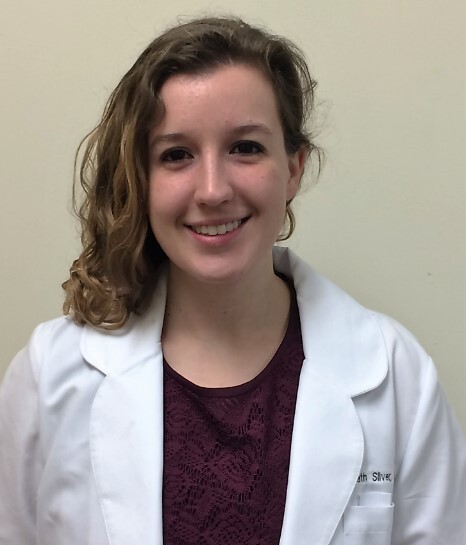
An Approach to Elemental Mercury Exposure Clusters
-
Register
- Non-member - Tier I - Free!
- Non-member - Tier II - Free!
- Non-member - Tier III - Free!
- Non-member - Tier IV - Free!
- Member - Tier I - Free!
- Member - Tier II - Free!
- Member - Tier III - Free!
- Member - Tier IV - Free!
This Case Conference webinar was originally presented on March 13, 2019. This webinar is part of an ongoing series of educational presentations by experts on issues that focus on current and emerging aspects of pediatric and reproductive environmental health. The speaker will begin by presenting several clinical cases/case presentations. The cases to be presented will be provided in final proposal. This will be followed by a discussion of the outcome of the case with consideration and implications for current and future clinical and public health practice. The presenter will conclude by discussing preventive steps that can be taken to decrease exposure to environmental hazards and improve patient care.
Cases Discussed:
- A family presented to a community emergency department (ED) twice within one week with worsening non-specific symptoms attributed to an infectious etiology. Thorough history taking on the third ED visit revealed this to be protracted elemental mercury toxicity which required chelation for two patients and extensive environmental clean up.
- Three children presented in the ED with rash and fever. Initially sent home and returned the next day with worsening symptoms. The oldest child wondered if it could have been due to a silver like substance that he found in a bottle along the railroad track near his home.
Learning Objectives
- List signs and symptoms associated with inhalational mercury toxicity.
- Discuss challenges in the management of mercury toxicity.
- Describe cleanup of household elemental mercury contamination.
Presented By

Elizabeth Silver, PharmD; Clinical Toxicology Fellow; Georgia Poison Center Atlanta, GA
Dr. Silver completed her Doctor of Pharmacy degree in 2017 from Albany College of Pharmacy and Health Sciences located in Albany, NY where she discovered her passion for toxicology during a rotation at the Central New York Poison Center in Syracuse, NY. She then becamse licensed in the State of Georgia and completed and general post-graduate year of training in pharmacy at Grady Health System in Atlanta, GA. Dr. Silver is currently in her second year of post graduate training at the Georgia Poison Center as the clinical toxicology fellow. She is training to become an expert in the recognition, triage, and management of poisonings.

Paul Wax, MD, FACMT; Executive Director, American College of Medical Toxicology;
Program Director, Pediatric Environmental Health Specialty Units-West Phoenix, AZ.
Dr. Wax is the Executive Director of the American College of Medical Toxicology. He received his B.A from Dartmouth College, his M.D. from the Mount Sinai School of Medicine, his Emergency Medicine training at the UCLA Hospitals, and his Medical Toxicology training at Bellevue Medicine Center / New York University. He is Board-certified in both Medical Toxicology and Emergency Medicine, and is a Fellow of the American College of Medical Toxicology. Along with his part time role as the Executive Director of ACMT, Dr. Wax is a Clinical Professor in Surgery (Emergency Medicine) at the University of Texas, Southwestern School of Medicine where he is a member of the Section of Medical Toxicology and Director of the Medical Toxicology Clinic. Before joining ACMT in 2008 as its Executive Director, and the University of Texas Southwestern in 2006 as a part-time faculty member, Dr. Wax had faculty appointments in the Departments of Emergency Medicine at the University of Rochester School of Medicine from 1991-2001 and the University of Arizona School of Medicine from 2001-2006. Dr. Wax previously served on the Board of Directors of ACMT from 1998-2008 serving as ACMT President from 2006-2008.
Disclaimer: This material was supported by the American Academy of Pediatrics (AAP) and funded (in part) by the cooperative agreement FAIN: 5 NU61TS000237-05 along with the American College of Medical Toxicology and funded (in part) by the cooperative agreement FAIN: 5U61TS000238-05 from the Agency for Toxic Substances and Disease Registry (ATSDR).
Acknowledgement: The U.S. Environmental Protection Agency (EPA) supports the PEHSU by providing partial funding to ATSDR under Inter-Agency Agreement number DW-75-95877701. Neither EPA nor ATSDR endorse the purchase of any commercial products or services mentioned in PEHSU publications.
WD2622-031319
